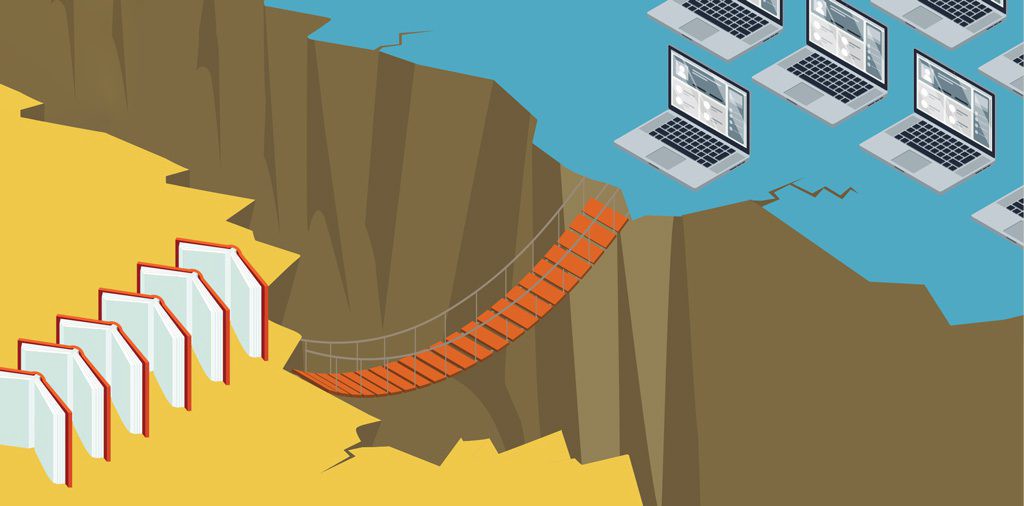In today’s rapidly evolving world, technology has become an undeniable driver of progress, innovation, and economic growth. However, as we navigate the digital age, it’s clear that a profound disparity exists between the technological haves and technological have-nots. This gap not only separates developed and developing countries but also permeates within societies, creating inequalities in access to technology and education. The question we must address is: How can we bridge these technological advantages and disadvantages to pave the way for a more equitable future?
- Accessible Education for All:
The first step towards levelling the playing field is to ensure that quality education is accessible to everyone, regardless of their location or socioeconomic background. Governments, NGOs, businesses, and private organizations must collaborate to invest in infrastructure, providing schools and communities in with the necessary resources to offer modern education. This includes not only physical infrastructure like schools, computer labs and internet connectivity but also digital content and learning materials that cater to diverse needs.
- Digital Literacy:
Having access to technology is one thing, but being proficient in its use is another. Promoting digital literacy is key to empowering individuals and businesses to harness the potential of technology. This means teaching not only how to use digital tools like software and hardware but also how to critically assess online information, protect personal data, and participate in the digital economy. Governments and educational institutions must integrate digital literacy programs into curricula at all levels. This must be a priority for the developing countries in particular to benefit the potential of the digital technology of today.
- Affordable Technology:
Even in developed countries, there is often a divide between those who can afford the latest gadgets and those who cannot. To address this, governments and tech companies should work together to make technology more affordable and accessible. Initiatives such as subsidies, low-cost devices, and affordable data plans can help ensure that more people have the means to access and utilize technology effectively.
In the developing countries, the priority must be to equip schools and other educational institutions adequate devices like computers, servers, good internet connection, suitable tech education etc.
- Public-Private Partnerships:
Collaboration between the public and private sectors is crucial in narrowing the technological divide. Governments can incentivize tech companies to invest in underserved areas by providing tax breaks or other incentives. Meanwhile, businesses can contribute to education and digital inclusion efforts through corporate social responsibility initiatives.
- Inclusive Innovation:
Encouraging innovation that addresses the needs of marginalized communities is essential. Supporting startups and entrepreneurs from diverse backgrounds can lead to the development of technologies and solutions that cater to underserved populations. Incentivizing research and development in areas such as healthcare, agriculture, and renewable energy can benefit both developed and developing regions.
- Global Partnerships:
Lastly, addressing the global digital divide requires international cooperation. Developed countries can assist developing nations by sharing knowledge, providing technological resources, and fostering collaboration on research and development projects. Initiatives like the United Nations’ Sustainable Development Goals and global tech partnerships can play a vital role in this process.
In summary, bridging the technological advantages and disadvantages that exist within and between countries is a complex challenge, but it is not insurmountable. By investing in accessible education, promoting digital literacy, ensuring affordable technology, fostering public-private partnerships, supporting inclusive innovation, and embracing global cooperation, we can work towards a more equitable and interconnected world where everyone has the opportunity to thrive in the digital age. This collective effort will not only reduce disparities but also unlock the immense potential of human innovation and creativity for the benefit of all.
Ogaal Service
www.ogaalservice.com
